Here is some advice from tech founders.



Are you worried about AI collecting your facial data from all the pictures you have ever posted or shared? Researchers have now developed a method for hindering facial recognition.
It is a commonly accepted fact nowadays that the images we post or share online can and might find themselves being used by third parties for one reason or another. It may not be something we truly agree with, but it’s a fact that most of us have accepted as an undesirable consequence of using freely available social media apps and websites.
To avoid this happening, a team of researchers from the University of Chicago have developed an algorithm, named “Fawkes,” as an ode to Guy Fawkes, that works in the background to slightly alter your image, which is mostly unnoticeable to human eye. The reason for this is that companies, such as, Clearview, which collect large amounts of facial data, use artificial intelligence to find and connect one photograph of one’s face to another photograph from elsewhere. This connection is found by linking the similarities between the two photos. However, it doesn’t mean that the recognition only occurs when identical facial symmetry or characteristics, such as moles, are found. Facial recognition also looks into “invisible relationships between the pixels that make up a computer-generated picture of that face.”
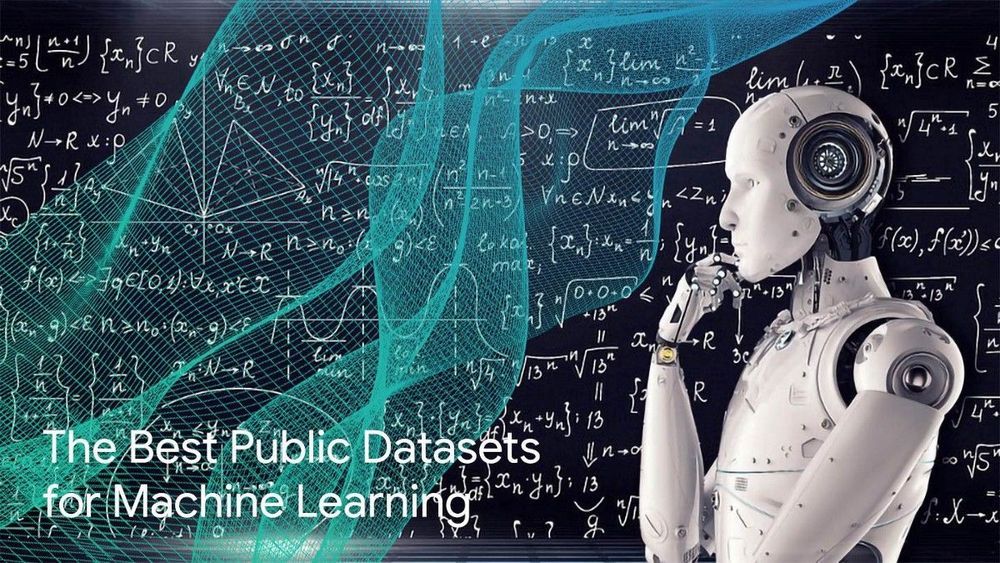
Author(s): Stacy Stanford, Roberto Iriondo, Pratik Shukla
This resource is continuously updated. If you know any other suitable and open dataset, please let us know by emailing us at [email protected] or by dropping a comment below.
📚 Check out the Monte Carlo Simulation An In-depth Tutorial with Python. 📚
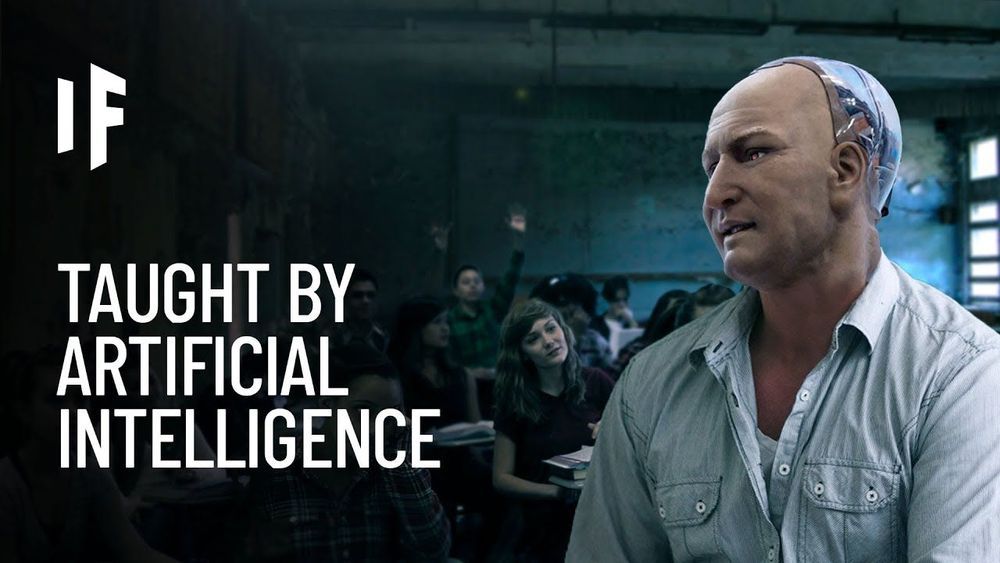
We would soon have an Ai teacher @ Ogba Educational Clinic.
Watch our Discussed episode where we dive deeper into the topic with Dr. Joanna Bryson: https://bit.ly/what-if-your-teacher-were-ai
Have you ever had a teacher that was just, well, kind of boring? Maybe even a little, robotic? We’ve all been there. Let’s face it, it’s hard to learn when you’re being put to sleep. But what if we found a completely new way of learning? Could a robot be a better teacher than a human? How might education change with AI?
Can you translate this episode into another language? Add subtitles and we will link your YouTube channel in the description: https://www.youtube.com/timedtext_video?v=zm-ZJrsiRvU
Watch more what-if scenarios:
Planet Earth: http://bit.ly/YT-what-if-Earth
The Cosmos: http://bit.ly/YT-what-if-Cosmos
Technology: http://bit.ly/YT-what-if-Technology
Your Body: http://bit.ly/YT-what-if-Body
Humanity: http://bit.ly/YT-what-if-Humanity
T-shirts and merch: http://bit.ly/whatifstore
Suggest an episode: http://bit.ly/suggest-whatif
Newsletter: http://bit.ly/whatif-newsletter
Feedback and inquiries: https://underknown.com/contact/
What If elsewhere:
Instagram: http://bit.ly/whatif-instagram
Twitter: http://bit.ly/whatif-twitter
Facebook: http://bit.ly/facebook-whatif
What If in Spanish: http://bit.ly/YT-Spanish-what-if
What If in Mandarin: http://bit.ly/YT-Chinese-what-if
Podcast: http://bit.ly/yt-what-if-show-podcast
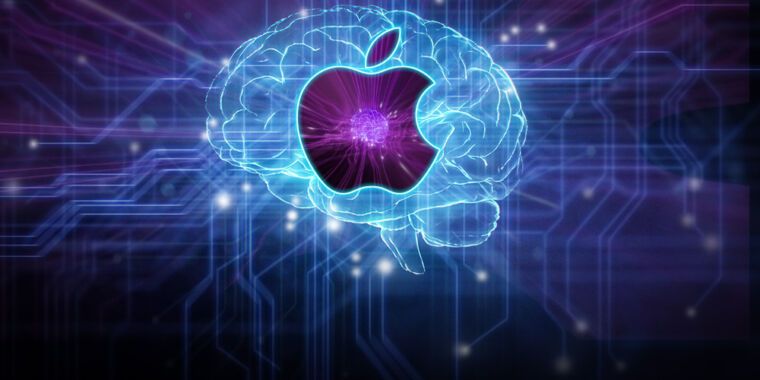
Do you agree Eric Klien
Apple AI chief and ex-Googler John Giannandrea dives into the details with Ars.
Machine learning (ML) and artificial intelligence (AI) now permeate nearly every feature on the iPhone, but Apple hasn’t been touting these technologies like some of its competitors have. I wanted to understand more about Apple’s approach, so I spent an hour talking with two Apple executives about the company’s strategy—and the privacy implications of all the new features based on AI and ML.
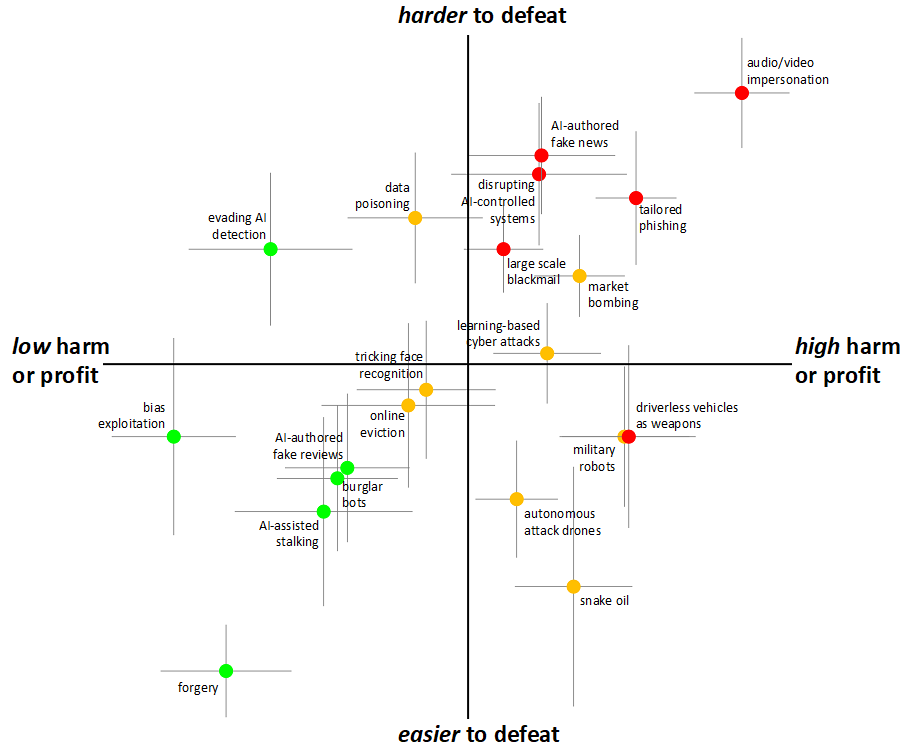


The terrorist or psychopath of the future, however, will have not just the Internet or drones—called “slaughterbots” in this video from the Future of Life Institute—but also synthetic biology, nanotechnology, and advanced AI systems at their disposal. These tools make wreaking havoc across international borders trivial, which raises the question: Will emerging technologies make the state system obsolete? It’s hard to see why not. What justifies the existence of the state, English philosopher Thomas Hobbes argued, is a “social contract.” People give up certain freedoms in exchange for state-provided security, whereby the state acts as a neutral “referee” that can intervene when people get into disputes, punish people who steal and murder, and enforce contracts signed by parties with competing interests.
The trouble is that if anyone anywhere can attack anyone anywhere else, then states will become—and are becoming—unable to satisfy their primary duty as referee.
In The Future of Violence, Benjamin Wittes and Gabriella Blum discuss a disturbing hypothetical scenario. A lone actor in Nigeria, “home to a great deal of spamming and online fraud activity,” tricks women and teenage girls into downloading malware that enables him to monitor and record their activity, for the purposes of blackmail. The real story involved a California man who the FBI eventually caught and sent to prison for six years, but if he had been elsewhere in the world he might have gotten away with it. Many countries, as Wittes and Blum note, “have neither the will nor the means to monitor cybercrime, prosecute offenders, or extradite suspects to the United States.”
Technology is, in other words, enabling criminals to target anyone anywhere and, due to democratization, increasingly at scale. Emerging bio-, nano-, and cyber-technologies are becoming more and more accessible. The political scientist Daniel Deudney has a word for what can result: “omniviolence.” The ratio of killers to killed, or “K/K ratio,” is falling. For example, computer scientist Stuart Russell has vividly described how a small group of malicious agents might engage in omniviolence: “A very, very small quadcopter, one inch in diameter can carry a one-or two-gram shaped charge,” he says. “You can order them from a drone manufacturer in China. You can program the code to say: ‘Here are thousands of photographs of the kinds of things I want to target.’ A one-gram shaped charge can punch a hole in nine millimeters of steel, so presumably you can also punch a hole in someone’s head. You can fit about three million of those in a semi-tractor-trailer. You can drive up I-95 with three trucks and have 10 million weapons attacking New York City. They don’t have to be very effective, only 5 or 10% of them have to find the target.” Manufacturers will be producing millions of these drones, available for purchase just as with guns now, Russell points out, “except millions of guns don’t matter unless you have a million soldiers. You need only three guys to write the program and launch.” In this scenario, the K/K ratio could be perhaps 3/1,000,000, assuming a 10-percent accuracy and only a single one-gram shaped charge per drone.
Will emerging technologies make the state system obsolete? It’s hard to see why not.
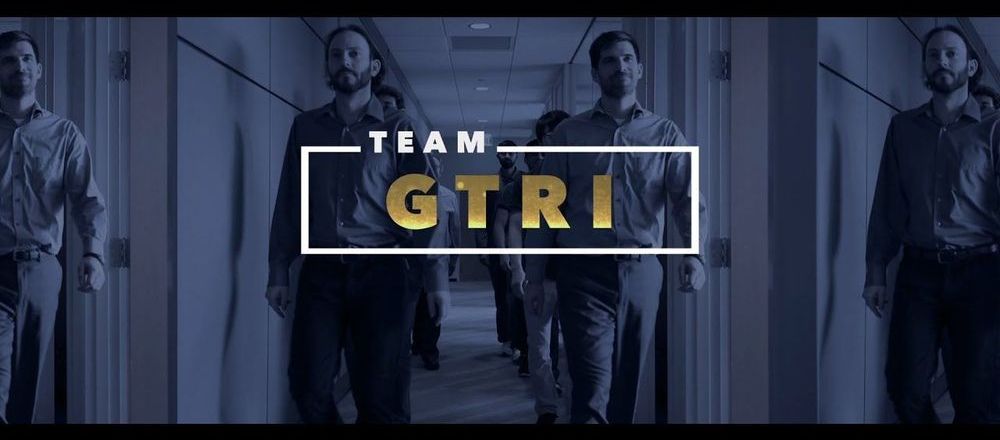
An aerial combat simulation between an F-16 pilot and an artificial intelligence algorithm is part of the government-sponsored “Alpha Dog Trials” on Aug. 20.
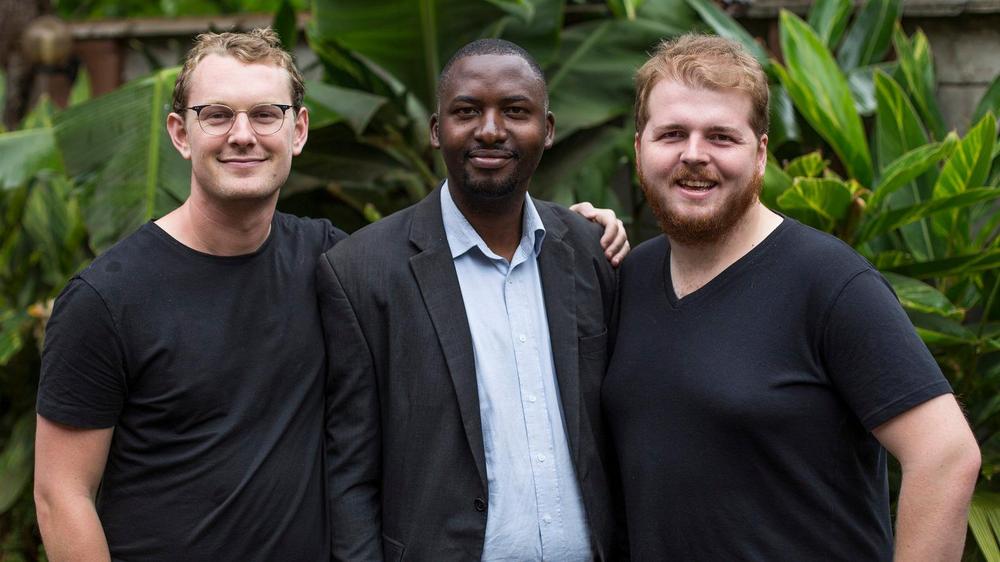
These guys have a great idea…but In true Zuckerberg style how does one steal and supercharge the idea. With food having salmonella, people need to grow more food at home. What technology can be created that uses technology to help people in urban settings grow their own food. This will help many in a post covid world, and the food should be safer, and also may promote nutrition. nnAmerican farmers also are having trouble, and would see the loss in demand. Global food production needs to increase. Japan offered to boost the continent of Africa’s rice production through cooperation. The same cooperation needs to be done with American farmers to boost Africa’s food production. Technology would be used to partner American farmers with African village cooperatives. The farmers and cooperatives would work together and share profits. This way the American farmer has revenue coming from two markets and continents. The same model can also be used in Mexico to prevent immigration. This way American farmers would also have revenue coming from Central and South America, however people who normally would be farm workers would be partners, and make more than they would having to cross borders dangerously, to make less money. This model can both reduce poverty, as well and insure food security. The capital for investment would have to come from many sources. Crowdfunding is one that can be good as the money can be paid back with profit. This way a crowd fund investment would gain better returns than interest rates. The next of course would be USAID. A project can be developed, in which USAID provides American farmers with start up capital. They manage the project pay back the loans, while sharing profits. Agreements can be developed for certain periods of time, After which the American farmer turns the project over to the cooperatives…just thinking out of the box it is a bit crazy. The farmers would be like a new Peace Corps thing. #VillageEconomics nnPortfolio company #ApolloAgriculture was recently featured in a Forbes article highlighting their machine-learning and automated-operations technology that helps small-scale farmers access everything they need to maximize their profitability. #impactinvesting #agtech
Between 2011 and 2014, engineer and Stanford grad Eli Pollak worked in agricultural technology in the U.S. for a company called the Climate Corporation. The enterprise where he was one of the early employees (which in 2013 was acquired by Monsanto for over $1 billion) worked on providing customized recommendations to increase production of large scale commercial farmers. What caught Pollak’s eye during his tenure at the company, however, was that some countries were planting way more seeds, but producing dramatically less agricultural products than the U.S.
This prompted Pollak to team up with Climate Corporation colleague Earl St Sauver, and Benjamin Ngenga (who himself grew up on a farm) to start Apollo Agriculture, a Kenyan ag-tech company which uses machine learning and automated operations technology to help small-scale farmers access everything they need to maximize their profitability.
In late May, Apollo Agriculture raised $6 million in a Series A round. The round was led by Anthemis Exponential Ventures, with participation from Leaps by Bayer, Flourish Ventures (a venture of The Omidyar Group), Sage Hill Capital, To Ventures Food, Breyer Labs, and existing investors Accion Venture Lab and Newid Capital, among others.